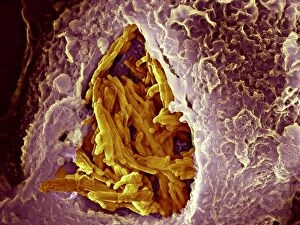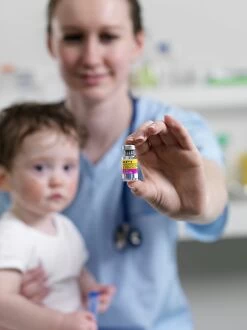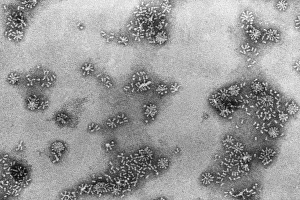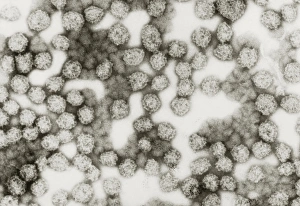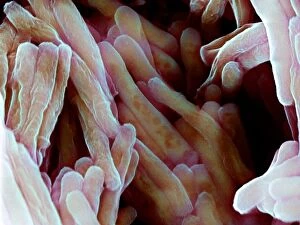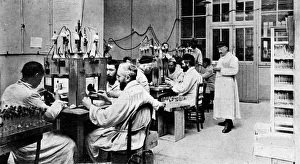Vaccine Collection (page 7)
The history of vaccines is a testament to human ingenuity and the relentless pursuit of better health
All Professionally Made to Order for Quick Shipping
The history of vaccines is a testament to human ingenuity and the relentless pursuit of better health. From the Soviet cholera vaccination poster in 1967 to Edward Jenner's groundbreaking work, these hints shed light on the remarkable journey we have undertaken. In 1898, a cartoon titled "Triumph of De-Jenner-Action" celebrated the achievements of British physician Edward Jenner, who pioneered smallpox vaccination. His revolutionary discovery paved the way for future advancements in immunization. Louis Pasteur, a French microbiologist renowned for his contributions to medicine, played an instrumental role in vaccine development. In one engraving from the 19th century, Doctor Pasteur can be seen examining a boy infected with rabies—a disease he would later successfully inoculate against. Another intriguing hint showcases Luigi Sacco's use of cow breasts to create smallpox vaccines in the late 18th century. This innovative approach demonstrates how scientists throughout history have harnessed nature's resources to combat diseases that plagued humanity. Cartoons also served as powerful tools in promoting vaccinations. One such cartoon humorously depicted "The Cow Pock, " further emphasizing society's growing awareness and acceptance of this preventive measure. Fast forward to modern times; photographs capture poignant moments like a baby being vaccinated at Halton Road divisional health centre in Runcorn or doses of influenza A H1N1 vaccines stored carefully in coolers at hospitals around the world. These images remind us that vaccination remains an essential part of our healthcare system today. Finally, Louis Pasteur's collaboration with Dr. Grancher resulted in another milestone—the first successful inoculation against rabies—depicted vividly through a print from 1922. Their breakthrough not only saved lives but also inspired generations of scientists and medical professionals worldwide.







